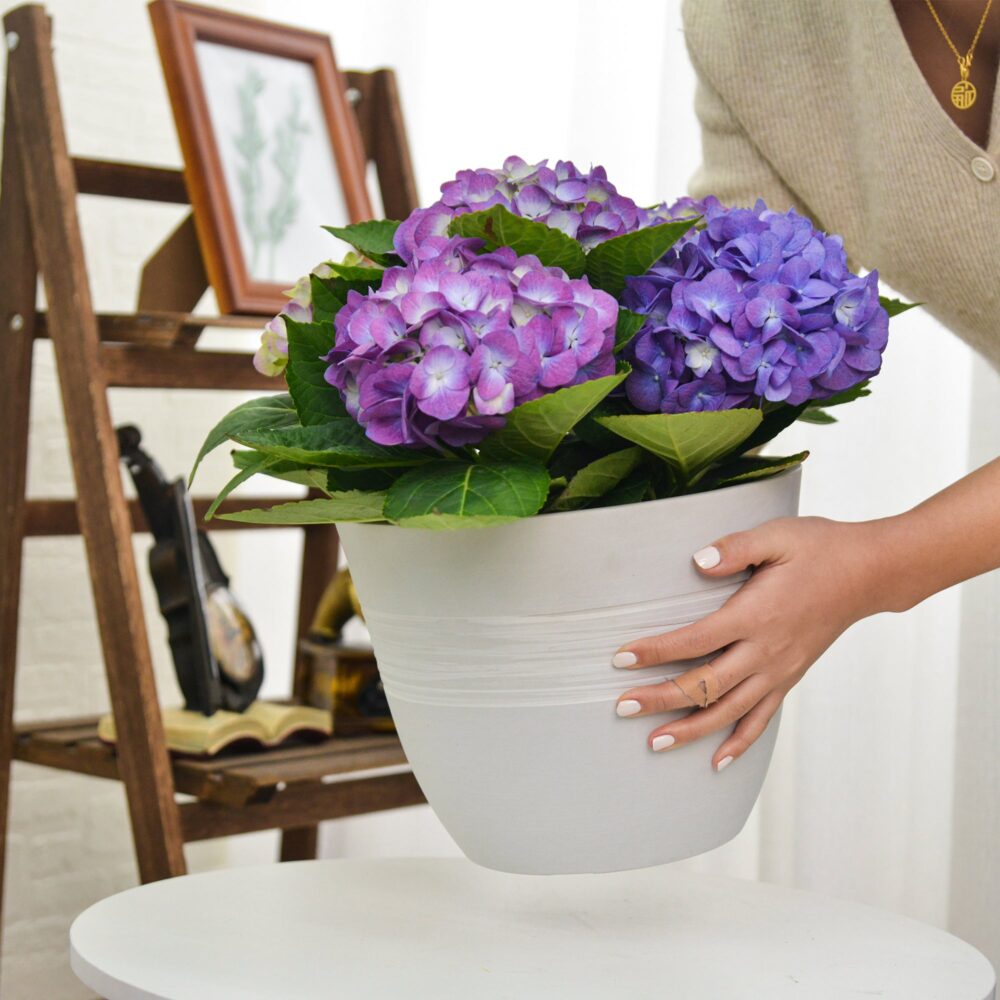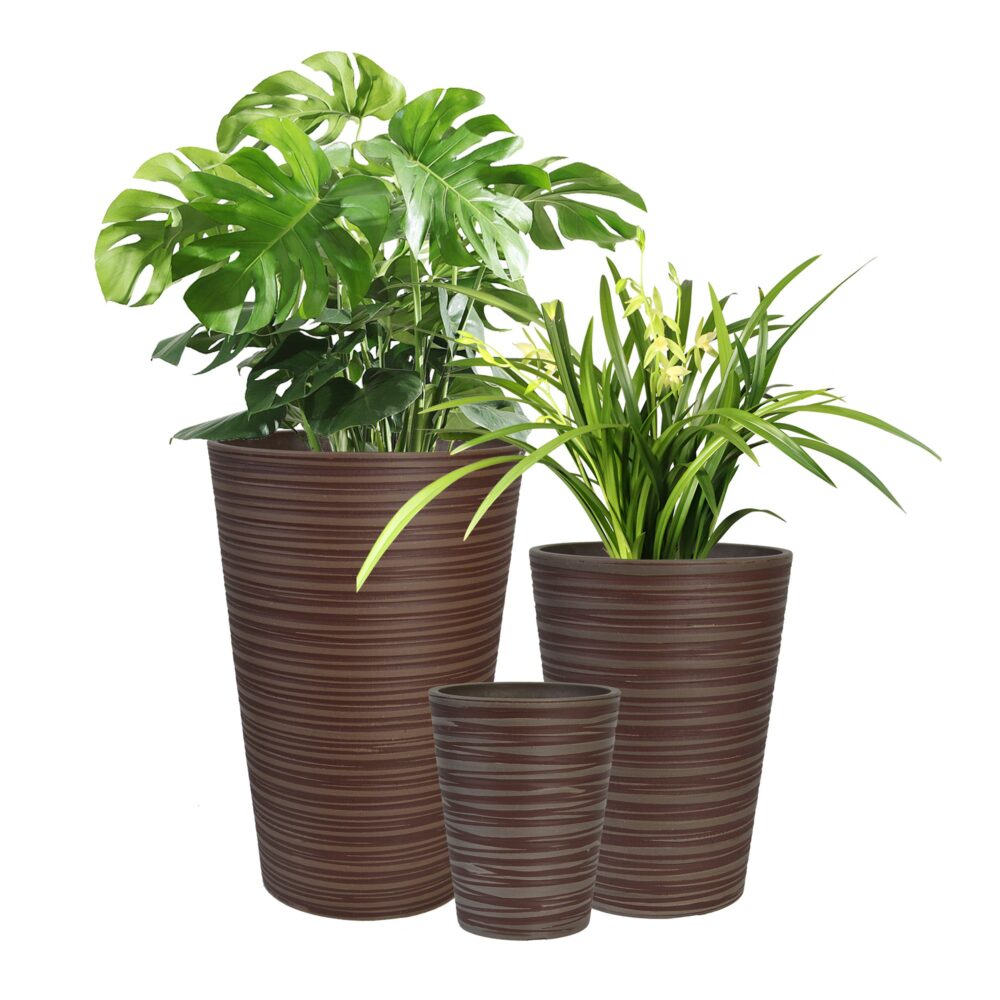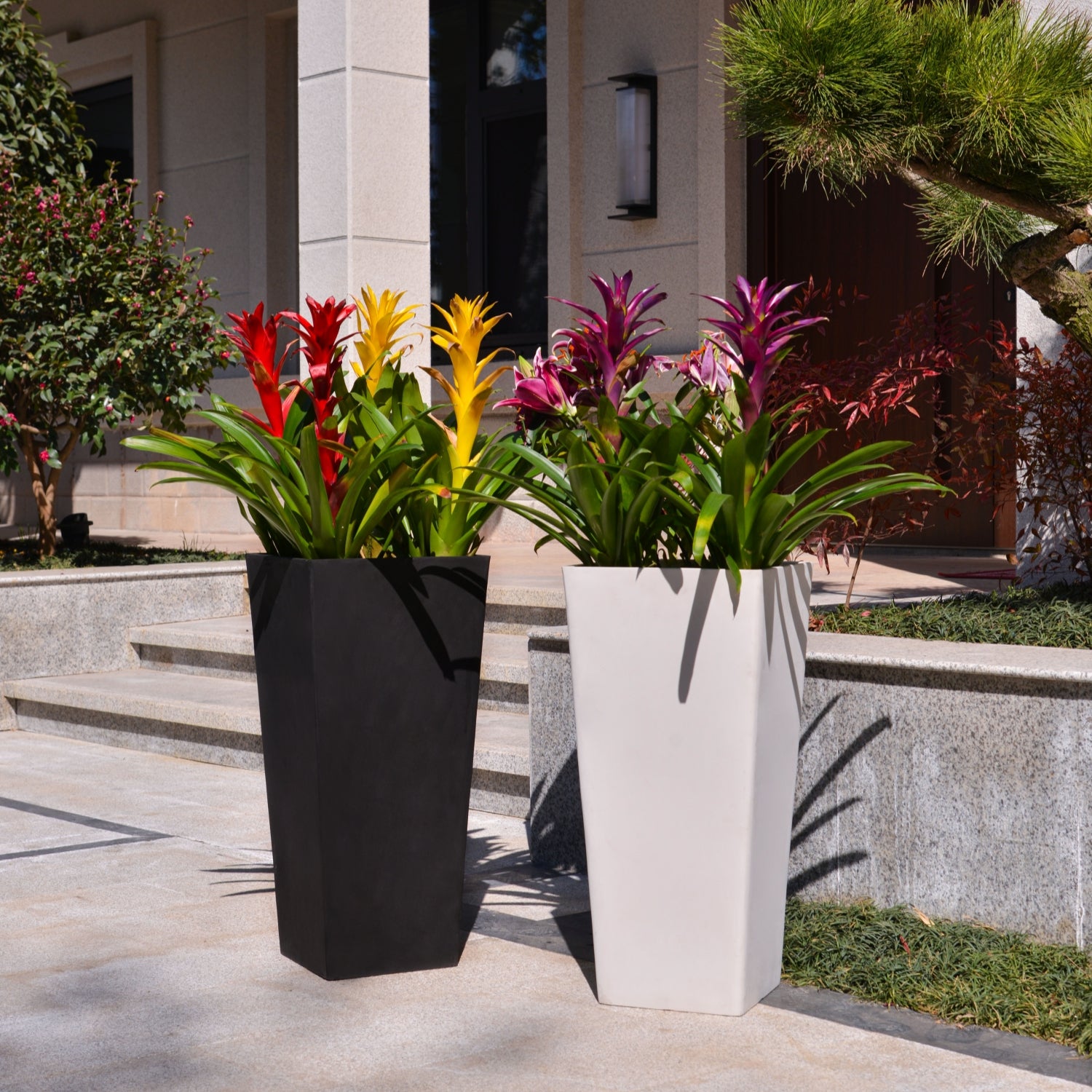Which Factors Should You Prioritize When Choosing a Flower Pot to Accommodate a Flower’s Growth Needs?
Selecting the right flower pot is crucial for the health and flourishing of your plants.While the aesthetics of a pot are important for your décor, prioritizing factors that cater to the flower’s growth needs will lead to healthier, happier plants. For American gardeners of all levels, here are the key considerations when choosing a flower pot:
Priority Factors for Flower Pot Selection:
1. Drainage:
- Why it’s crucial: Proper drainage is arguably the most important factor. Excess water that cannot escape the pot can lead to waterlogged soil, suffocating the roots and causing root rot, a common killer of indoor and outdoor plants.
- What to look for: Ensure the pot has one or more drainage holes at the bottom. The size and number of holes should be appropriate for the pot’s size. Larger pots will generally need more or larger drainage holes.
- Consider a saucer: When using pots indoors, you’ll typically need a saucer to catch any excess water that drains out. Choose a saucer that fits the pot’s base properly.

2. Size:
- Why it’s crucial: The size of the pot should be appropriate for the current size of the plant and allow for future growth. A pot that is too small will restrict root development, leading to stunted growth and potentially root-bound plants. Conversely, a pot that is too large can hold too much moisture, increasing the risk of root rot, especially for smaller plants.
- How to choose: As a general rule, when repotting a plant, choose a pot that is about 1-2 inches larger in diameter than the previous one. For new plants, consider their mature size and root system. If unsure, it’s often better to slightly undersize than drastically oversize.
3. Material (and its impact on moisture and temperature):
- Why it’s crucial: Different pot materials have varying properties that affect moisture retention and soil temperature, both of which are critical for root health.
- Common materials and their characteristics:
- Terracotta (Clay): Porous material that allows for good air circulation and drainage, which is beneficial for plants that prefer drier conditions or are prone to root rot. Terracotta pots can dry out quickly, so more frequent watering might be necessary.
- Plastic: Non-porous, meaning they retain moisture longer than terracotta. This can be good for plants that like consistently moist soil but can also lead to overwatering if not careful. Plastic pots are lightweight and come in various styles.
- Ceramic (Glazed): Retains moisture, but less porous than unglazed terracotta. The glaze can also affect breathability. Choose ceramic pots with drainage holes.
- Metal: Can heat up quickly in direct sunlight, potentially harming roots. Often used more for decorative outer containers. Ensure proper drainage if planting directly in metal.
- Wood: Offers good insulation to roots. Can retain moisture but may eventually rot with prolonged wetness, so consider using a liner.
- Fabric Pots: Breathable and allow for excellent drainage and air pruning of roots, which promotes healthier growth.

4. Stability:
- Why it’s crucial: Especially for larger plants or those placed in areas with potential for bumps or wind, the pot should be stable enough to prevent tipping, which can damage the plant and the pot.
- What to consider: Wider-based pots tend to be more stable. The material can also play a role, with heavier materials like terracotta or concrete offering more stability than lightweight plastic.
5. Purpose (Indoor vs. Outdoor):
- Why it’s crucial: Indoor and outdoor environments have different demands. Outdoor pots need to be more durable to withstand weather elements like UV rays and freezing temperatures.
- Considerations: Look for materials rated for outdoor use. Size might also be a bigger consideration outdoors for stability against wind.
Secondary Factors to Consider:
While the above are priority factors, you might also consider:
- Aesthetics: Choose a pot that complements the flower and your personal style.
- Ease of Cleaning: Some materials are easier to clean than others.
By prioritizing drainage, size, material properties, and stability when selecting a flower pot, you’ll provide a healthy and supportive environment for your plants to thrive, ultimately enhancing their beauty and longevity.
k2-21G
By greenship|2024-08-13T06:17:26+00:00August 13, 2024|Categories: Hand-carving Series|
Plant Pots 6 inch 8 inch 12 inch for Indoor Outdoor Plants, Set of 3 Modern Decorative Planter with Drainage Hole, Decorative Flower Pots
By greenship-seo|2025-04-10T06:38:40+00:00January 16, 2025|Categories: Hand-carving Series|Tags: Decorative Flower Pots|
Planter for Indoor Outdoor Plants, Set of 2 Modern Decorative Plant Pots with Drainage Hole, Decorative Flower Pots
By greenship-seo|2025-01-14T12:26:44+00:00January 14, 2025|Categories: Hand-carving Series|Tags: Decorative Flower Pots|
Modern Plant Pots with Drainage – Indoor & Outdoor Use (6″ Widths)
By greenship-seo|2025-04-10T06:29:43+00:00February 6, 2025|Categories: Hand-carving Series|Tags: Decorative Flower Pots|
Planter 5 in W / 8 in W / 12 in W or Indoor Outdoor Plants, Modern Decorative Plant Pots with Drainage Hole, Decorative Flower Pots
By greenship-seo|2025-04-10T06:37:58+00:00January 16, 2025|Categories: Hand-carving Series|Tags: Decorative Flower Pots|
GreenShip 27inch Tall Planters for Porch, Large Outdoor Planter Pots with Drainage Hole
By greenship-seo|2025-04-10T06:27:21+00:00April 7, 2025|Categories: Hand-carving Series|Tags: Decorative Flower Pots|






